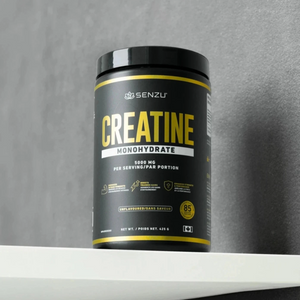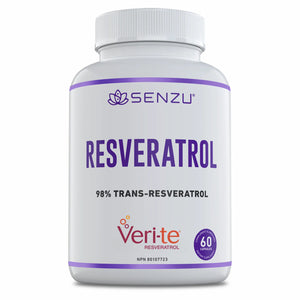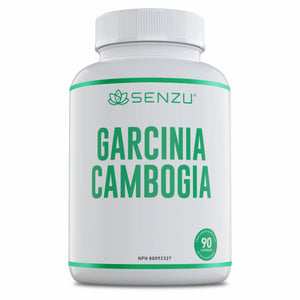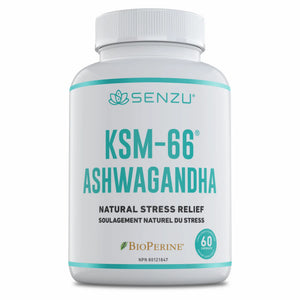The Best Outdoor Workouts to Try in Canada This July
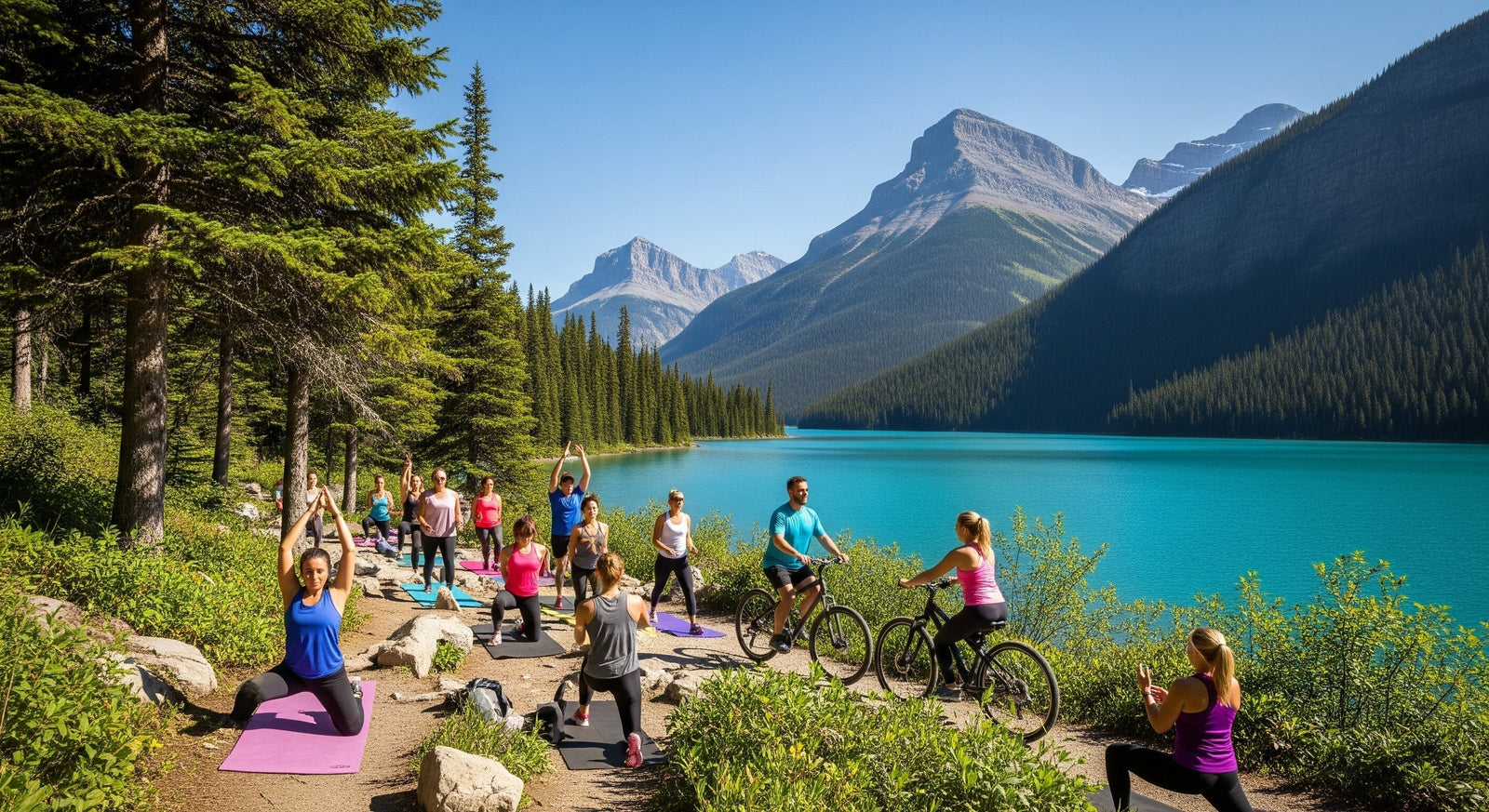
July in Canada offers some of the best conditions for outdoor exercise: long daylight hours, pleasant temperatures, and breathtaking landscapes. Taking your workouts outdoors isn’t just refreshing—it offers enhanced physical, mental, and emotional benefits that indoor routines can’t match.
Studies have shown that “green exercise”—physical activity in natural environments—leads to greater fitness gains and improves mood, energy, and stress compared to indoor workouts.
Let’s explore top outdoor workouts across Canada this July, each packed with details, tips, and expert resources to help you get started.
1. Trail Running & Hiking

Why It’s Fantastic
Trail running and hiking provide a powerful cardiovascular workout while also building leg strength, balance, and agility. The uneven terrain activates stabilizing muscles and challenges your body more than flat, indoor treadmills.
Where to Go
-
Banff National Park, Alberta: Rocky Mountain trails with alpine vistas
-
Grouse Grind, British Columbia: Intense ascent right above Vancouver
-
Bruce Trail, Ontario: Stretches nearly 900 km along the Niagara Escarpment
Fundy National Park, New Brunswick: Forest and coastal terrain
Tips:
-
Wear trail-specific footwear for grip and support.
-
Hydrate well—carry at least 1 L of water per hour.
-
Use tracking apps like Strava or AllTrails for navigation and performance analysis.
2. Outdoor Yoga & Mobility Flows

Why It’s Beneficial
Practicing yoga outdoors improves flexibility, aids in recovery, and enhances mindfulness. Sunlight, fresh air, and natural soundscapes help deepen your connection to the workout, focusing mind and body.
Where to Practice
-
Open lawns, beaches, or backyard patios.
-
Many urban areas host free or donation-based public yoga sessions, often sponsored by brands like lululemon or listed on Eventbrite.
Essentials:
-
Bring a lightweight mat or towel, a water bottle, and sun protection (hat, sunscreen).
3. Paddleboarding & Kayaking
Why It’s Great
Both paddleboarding and kayaking offer low-impact cardio, while strengthening the upper body, core, and improving balance. Gliding across calm lakes also provides a meditative, relaxing experience.
Where to Paddle
Tips:
-
Book early to secure rentals, especially if aiming for sunrise or sunset sessions.
-
Pack dry bags and wear a life jacket for safety.
4. Beach Bootcamps & Bodyweight Circuits
Why It Works
Sand-based training ups the intensity by adding resistance and challenging stabilizing muscles, making even simple bodyweight moves more effective.
Where to Go
Sample Circuit (3–4 rounds):
-
200 m sand sprint
-
20 squats
-
15 lunges (per leg)
-
10 push-ups
-
30‑second plank
Include resistance bands or cones for added complexity.
5. Cycling & Mountain Biking

Why It’s Effective
Cycling, whether on road or off-road, builds cardiovascular endurance, leg strength, and mental resilience. Mountain biking on varied terrain also enhances balance and reaction time.
Where to Ride
-
The Great Trail (Trans Canada Trail) – Coast-to-coast cycling path
-
Mont‑Sainte‑Anne, Quebec – Premier mountain biking venue
-
Confederation Trail, PEI – Relatively flat and scenic
Gear & Tips:
-
Always wear a helmet and bring a repair kit with a spare tube.
-
Use hydration gear and track progress with Komoot or Garmin Connect.
6. Urban Fitness Trails & Outdoor Gyms
Why It’s Effective
Outdoor calisthenics parks combine strength training with cardiovascular fitness. The scenery and fresh air make for a refreshing alternative to indoor gyms.
Where to Find Them
Routine Idea:
Warm-up with a 1 km jog, then perform 3 sets of 10 pull-ups, 15 dips, and 20 step-ups. Cool down with a light run or sprint intervals.
7. Stair & Hill Interval Workouts
Why It’s Powerful
Hill repeats and stair sprints are potent for building explosive strength, cardiovascular capacity, and mental toughness.
Where to Sprint
-
Battalion Park Stairs, Calgary
-
Baldwin Steps (Casa Loma), Toronto
-
Wreck Beach Stairs, Vancouver
Workout Plan:
Begin with a 5-minute jog, then complete 6–10 stair repeats, finishing with dynamic stretching.
Safety Guidelines for July Workouts
Before heading out, be sure to follow these practices:
-
Hydrate and supplement electrolytes, especially in hot weather.
-
Apply SPF 30+ sunscreen, wear sunglasses and hats to protect from UV.
-
Avoid peak sun hours by exercising in the early morning or evening.
-
Use insect repellent in wooded or marshy areas.
-
Share your route with someone when heading into remote areas.
-
Check weather conditions and trail alerts before going out.
For further guidance, resources like SIRC and Verywell Health offer in-depth advice on exercising in extreme heat and the advantages of outdoor activity
The Science Behind "Green Exercise"
Numerous studies confirm that working out outside delivers benefits beyond those of indoor exercise:
-
It improves cardiovascular, metabolic, and muscular fitness more than indoor workouts, due to varied terrain and natural resistance.
-
Outdoor workouts increase mood, self-esteem, and energy, while reducing stress, anxiety, fatigue, and negative thought patterns.
-
Exposure to natural light and greenery supports vitamin D production, sleep regulation, and enhanced cognitive function.
Final Take
Canada is brimming with outdoor fitness opportunities this July—from alpine trails in Banff to calisthenics parks in downtown Toronto. Whether you're aiming for cardio endurance, strength, or calm mindfulness, there’s a workout style and scenic setting to match.
Step outside, breathe in the fresh air, and take advantage of all that nature and movement can offer.

